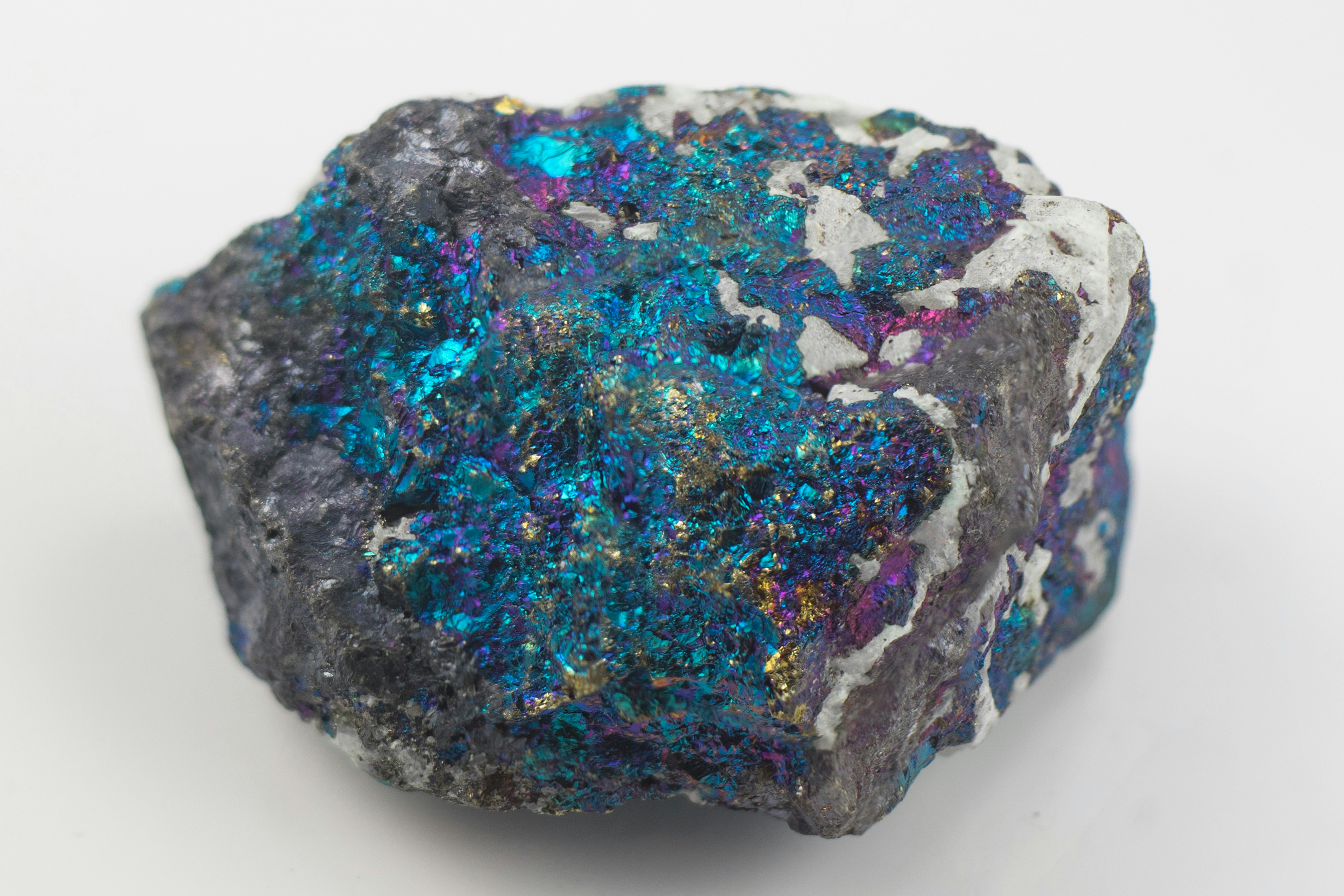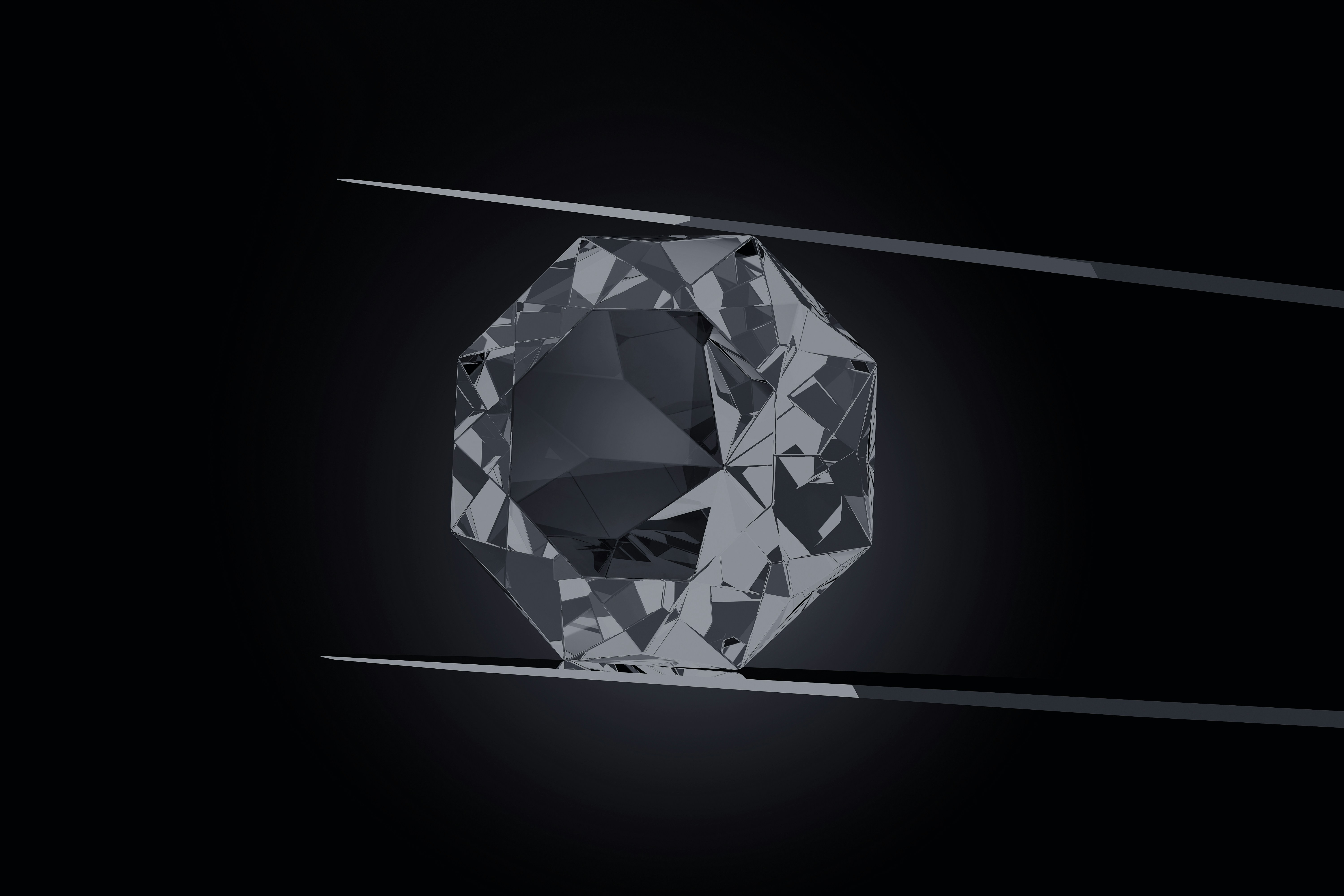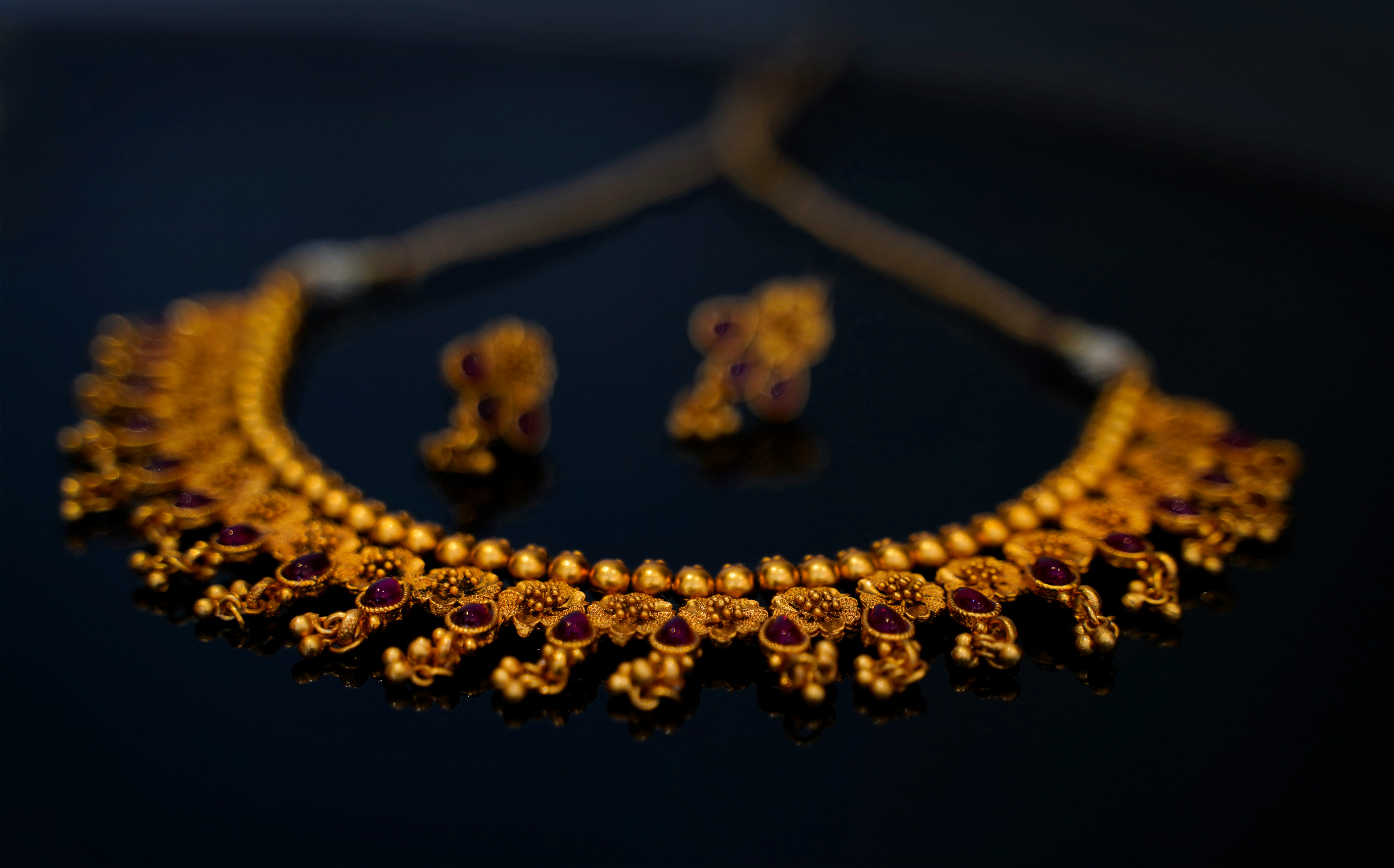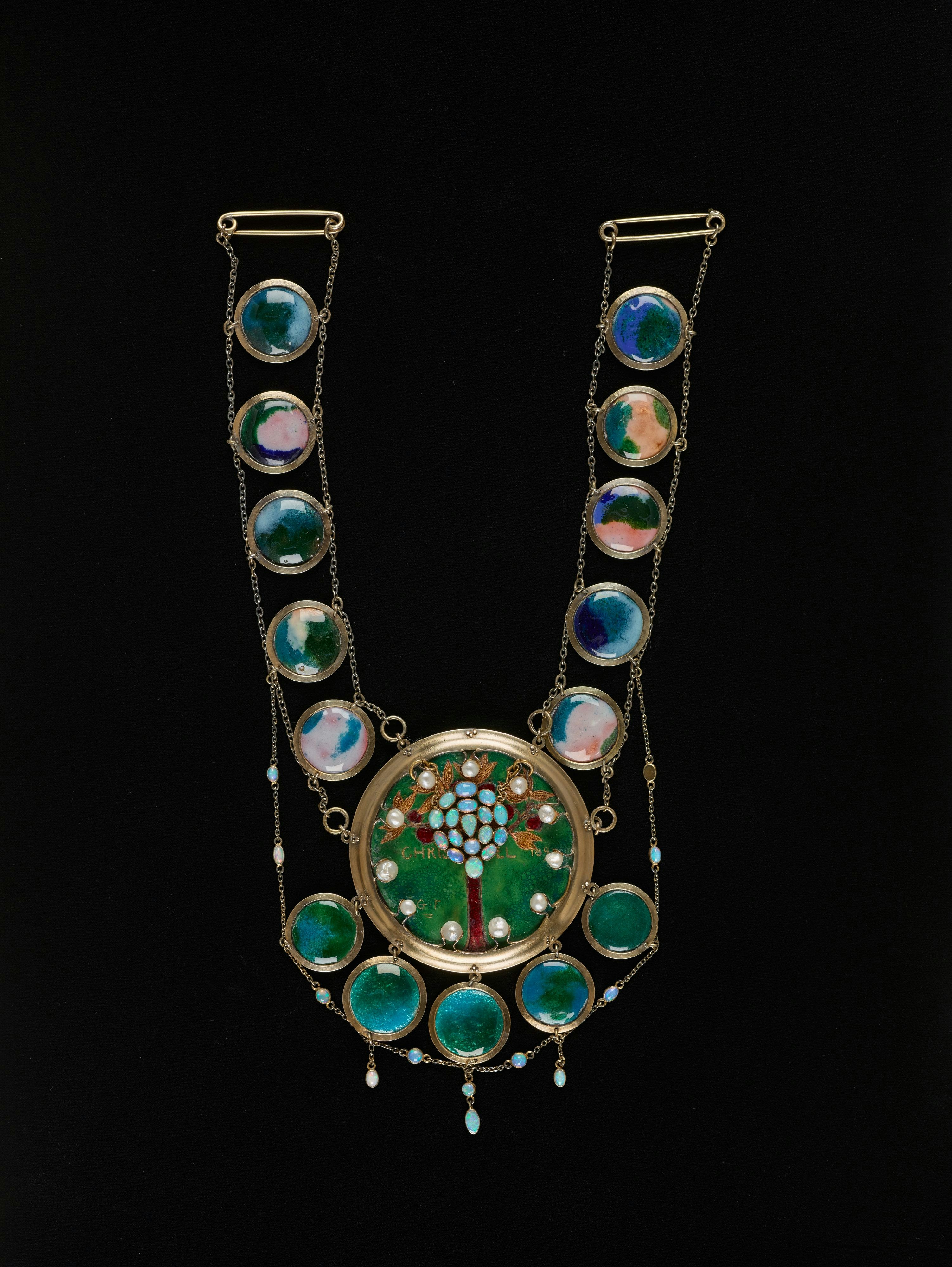Buying Guide For Vintage Elsa Schiaparelli Jewelry
Alexander Kellerson

Introduction to Elsa Schiaparelli Jewelry
Elsa Schiaparelli, an Italian-born fashion designer, is renowned for her unique and innovative jewelry designs. Her creations, often inspired by surrealism, have captivated collectors and fashion enthusiasts worldwide. Vintage Elsa Schiaparelli jewelry pieces are not only beautiful but also serve as a testament to her creative genius and the fashion trends of her time.
For those interested in purchasing vintage Elsa Schiaparelli jewelry, understanding the distinctive characteristics and historical context of these pieces is essential. This guide will provide you with valuable insights into identifying, valuing, and caring for Schiaparelli's exquisite jewelry.
The History of Elsa Schiaparelli and Her Iconic Designs
Elsa Schiaparelli launched her fashion house in the late 1920s, quickly gaining fame for her avant-garde and artistic approach to fashion. Collaborating with prominent artists like Salvador Dalí, Schiaparelli created jewelry that was both whimsical and bold, often incorporating surreal elements such as lobster motifs and eye-catching colors.
Her designs from the 1930s and 1940s are particularly sought after by collectors today. These pieces reflect her innovative spirit and are characterized by their intricate craftsmanship and imaginative use of materials. Understanding the historical significance of Schiaparelli's work can enhance your appreciation and knowledge when buying her vintage jewelry.
Identifying Authentic Elsa Schiaparelli Jewelry
When buying vintage Elsa Schiaparelli jewelry, authenticity is paramount. Authentic pieces are typically marked with the 'Schiaparelli' signature, often found on the back of the jewelry. However, be aware that the placement and style of the signature can vary depending on the period and specific piece.
In addition to the signature, genuine Schiaparelli jewelry is known for its high-quality materials and intricate designs. Look for details such as ornate metalwork, vibrant rhinestones, and unique motifs that are hallmarks of Schiaparelli's style. Familiarizing yourself with these characteristics will help you identify authentic pieces more effectively.
Popular Elsa Schiaparelli Jewelry Pieces
Some of the most popular Elsa Schiaparelli jewelry pieces include her elaborate brooches, statement necklaces, and whimsical earrings. These items often feature bold designs, such as floral motifs, insect shapes, and abstract forms, which make them highly desirable among collectors.
Her use of unconventional materials and innovative techniques also set her pieces apart. For example, Schiaparelli was known for incorporating colored glass and unusual stones into her designs, creating pieces that are as unique as they are beautiful. Knowing which pieces are most sought after can guide you in making informed purchasing decisions.
Understanding the Value of Vintage Elsa Schiaparelli Jewelry
The value of vintage Elsa Schiaparelli jewelry can vary widely depending on factors such as rarity, condition, and historical significance. Pieces from her early collections or those created in collaboration with famous artists often fetch higher prices due to their unique designs and limited availability.
To accurately assess the value of a piece, consider consulting with experts or appraisers who specialize in vintage jewelry. They can provide insights into market trends and help you determine a fair price. Additionally, researching recent auction results and sales can give you an idea of current market values.
Where to Buy Vintage Elsa Schiaparelli Jewelry
There are several avenues for purchasing vintage Elsa Schiaparelli jewelry, including antique stores, online marketplaces, and auction houses. Reputable dealers and specialized vintage jewelry stores often have a curated selection of authentic pieces.
Online platforms like eBay, Etsy, and dedicated vintage jewelry websites can also be excellent sources. However, it's crucial to verify the authenticity and condition of the jewelry before making a purchase. Reading reviews, checking seller ratings, and asking for detailed photos can help ensure a satisfactory buying experience.
Tips for Buying Vintage Elsa Schiaparelli Jewelry Online
Buying vintage Elsa Schiaparelli jewelry online can be convenient, but it also comes with certain risks. To minimize these risks, start by purchasing from reputable sellers with positive feedback and a history of selling authentic vintage items.
Always request detailed images of the jewelry, including close-ups of any signatures or markings. Ask the seller about the piece's provenance and condition, and be wary of deals that seem too good to be true. Ensuring a return policy is in place can also provide peace of mind when shopping online.
How to Care for and Preserve Vintage Elsa Schiaparelli Jewelry
Proper care and preservation are essential to maintaining the beauty and value of your vintage Elsa Schiaparelli jewelry. Store your pieces in a cool, dry place, away from direct sunlight and moisture, to prevent tarnishing and damage.
When cleaning your jewelry, use gentle methods such as a soft brush and mild soap, avoiding harsh chemicals that can damage delicate materials. Regular maintenance, such as checking for loose stones and securing clasps, can help ensure your pieces remain in excellent condition for years to come.
Common Pitfalls to Avoid When Buying Vintage Jewelry
One of the common pitfalls when buying vintage jewelry is failing to verify authenticity. Counterfeit pieces can be hard to spot, so always look for telltale signs of authenticity, such as proper markings and high-quality craftsmanship.
Another pitfall is not thoroughly researching the seller or the piece's history. Take the time to verify the reputation of the seller and ask for documentation or provenance information. Avoid impulse buys and ensure you have a clear understanding of the jewelry's condition and value before making a purchase.
Conclusion: Investing in Elsa Schiaparelli Jewelry
Investing in vintage Elsa Schiaparelli jewelry is not only a way to own a piece of fashion history but also an opportunity to appreciate the artistry and craftsmanship of one of the most innovative designers of the 20th century. With careful research and attention to detail, you can find authentic pieces that will be cherished for generations.
Whether you are a seasoned collector or a newcomer to vintage jewelry, this guide provides the essential knowledge needed to make informed and confident purchasing decisions. Embrace the elegance and creativity of Elsa Schiaparelli's designs, and enjoy the timeless beauty of her extraordinary jewelry.





